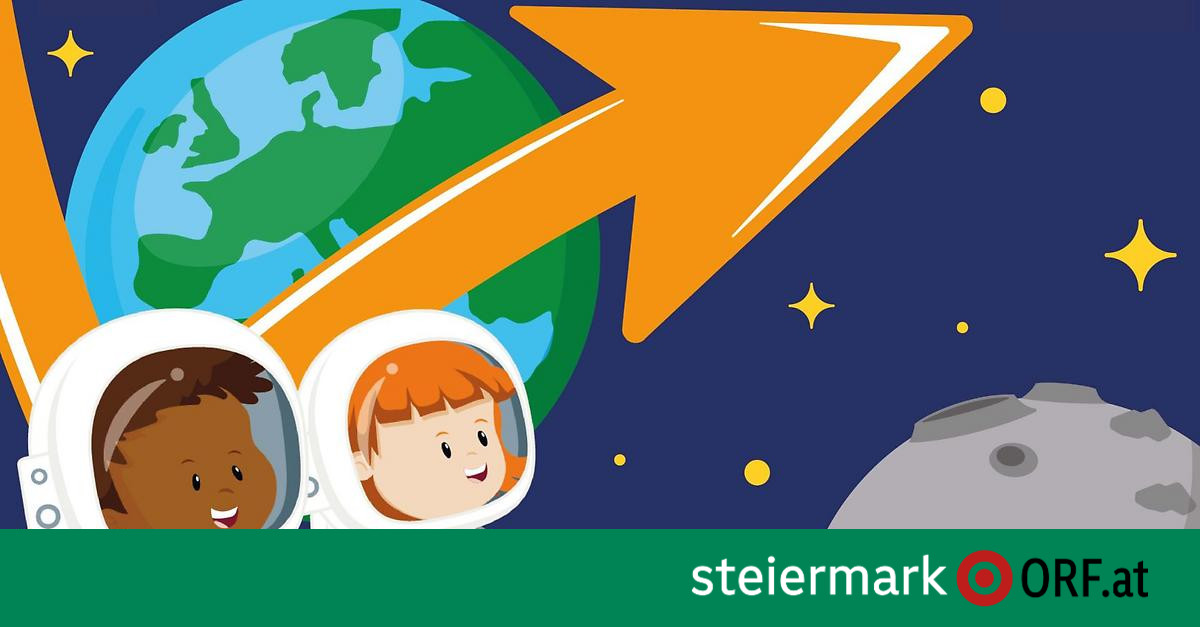education
Students at Sacré Coeur Graz Primary School undergo an educational program developed by NASA and the European Space Agencies. The project aims to enhance physical and scientific skills.
They can't fly to the moon and into space themselves, but they can train like real astronauts: Children in the fourth grade of elementary school at the Sacré Coeur campus are learning what it's like to live in space with “Mission X.” Mathematics, computer science, natural sciences, art and technology should be integrated into lessons. “The nice thing is that kids can learn according to their talents,” says Lucky Clover Class teacher Barbara Streicher-Blitzsch.
From space to classrooms
The educational program was established by NASA in 2011. Since then, approximately 500,000 young people under the age of 14 have participated. The European Space Agency (ESA), the UK Space Agency and the European Space Education Resource Offices (ESEROs) support Mission X. Space scientists and fitness experts were involved in the development. The 20 tasks provide knowledge about nutrition, exercise, and of course space.
At the different stations, the children experience, for example, how an object changes in space – such as the sense of taste: “We use pipettes to put something on our tongues and then we have to say what we tasted,” explains one of the students. .
Train like real astronauts
The kids in “Mission X” also face challenges when it comes to “space fitness.” Running, climbing and coordination exercises are included in the program. The fact that real astronauts train with similar exercises increases their motivation.
At the end of the “Mission X” program, the children become real professionals in the space field. Once the class has mastered all 20 tasks that must be completed as part of the program, the students travel to Linz to the ESERO Austria office at the Ars Electronica Center and meet with Austrian space experts there.
This article accompanies the program “Guten Morgen, Stermark”, Radio Stermark, May 10, 2024.

“Total coffee aficionado. Travel buff. Music ninja. Bacon nerd. Beeraholic.”







More Stories
Researchers detect extremely high-energy gamma rays
Anxiety disorders in old age increase the risk of dementia
Researchers are particularly fascinated by these exoplanets.